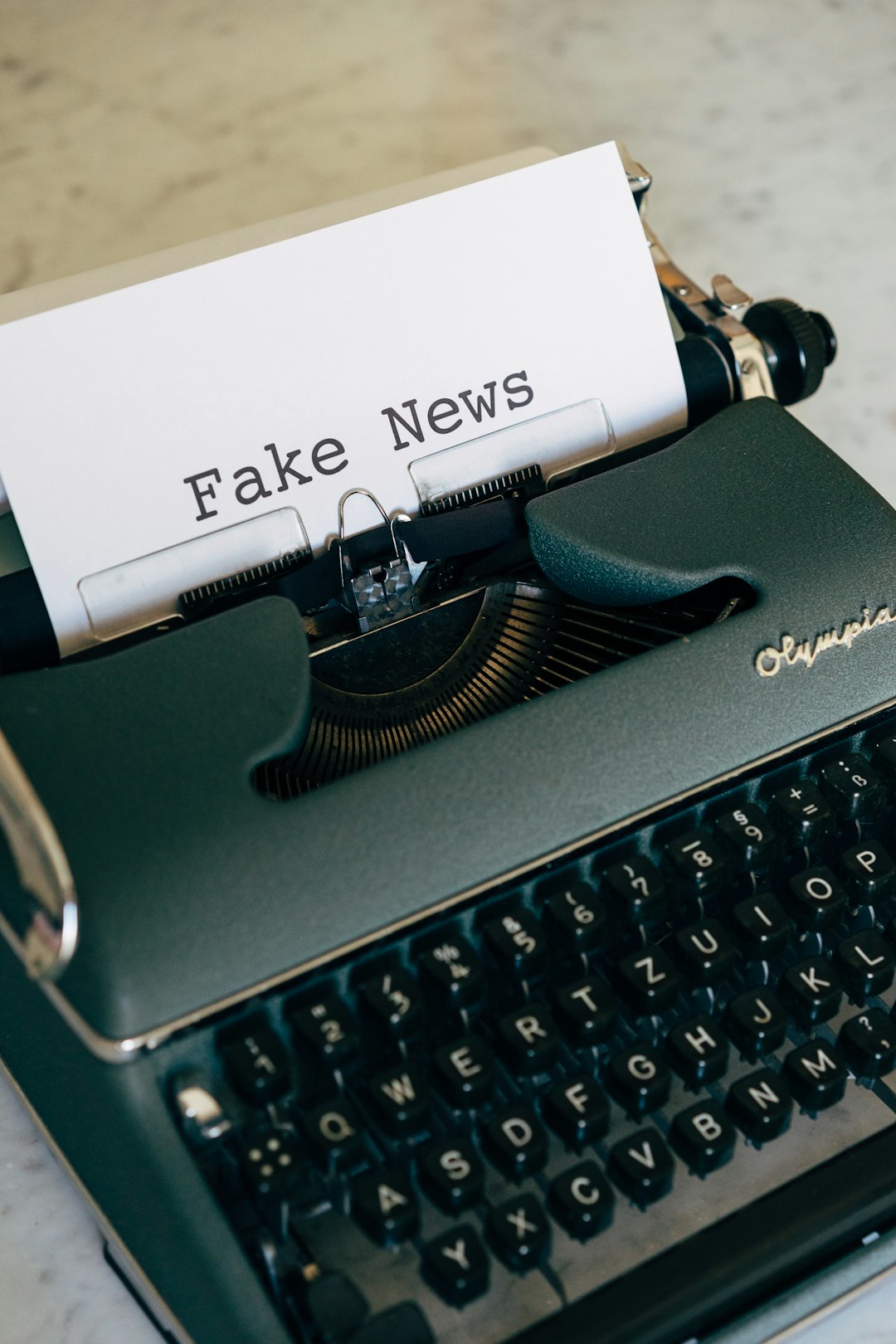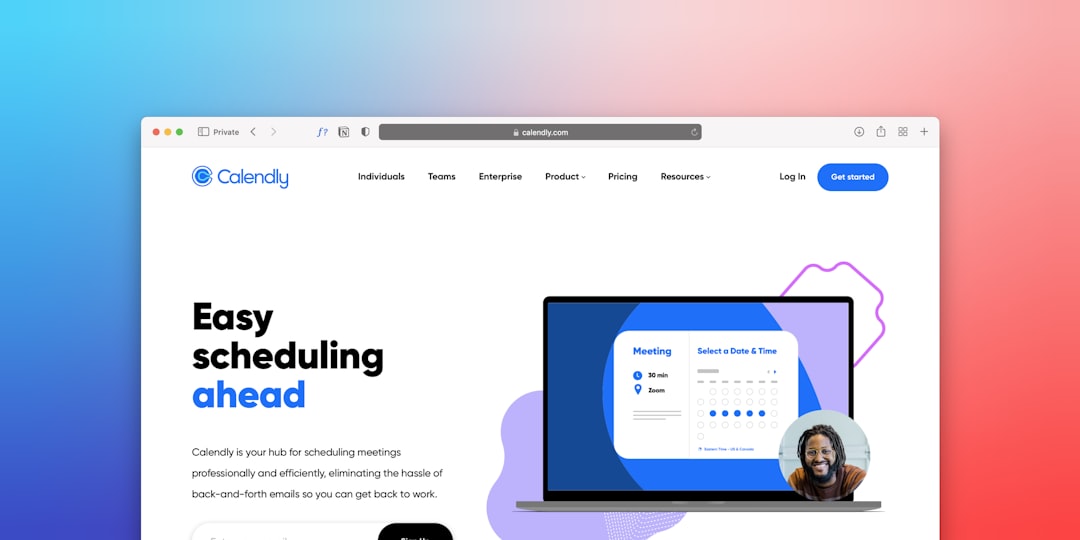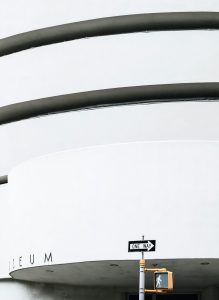
In today’s digital landscape, video content spreads faster than ever. From breaking news to viral clips, journalists often rely on publicly shared videos to report on global events. But with the rise of deepfakes, synthetic media, and misleading uploads, verifying the authenticity of a video has never been more critical. This is where the InVID Video Verification Tool comes into play—an essential companion for U.S. reporters trying to navigate the media minefield in 2025.
Developed in the context of the European Horizon 2020 project, the InVID (In Video Veritas) tool helps journalists, fact-checkers, and researchers determine whether a video is genuine, when it was taken, and where it might have originated. Through a combination of frame analysis, reverse image search, metadata extraction, and blockchain-supported timestamps, InVID has become a powerful weapon against misinformation.
Why Video Verification Matters More Than Ever
Videos are now a dominant medium for storytelling and news reporting. However, manipulations and misleading context can easily turn a harmless clip into a damaging narrative. In 2025, not only is misinformation rampant, but AI-fueled tools make video fabrication almost undetectable to the untrained eye.
This makes it imperative for reporters and newsrooms to verify every piece of video content before publishing. Authenticity isn’t just important for credibility; it’s central to preventing the spread of false information.
What Is The InVID Video Verification Tool?
The InVID tool is a browser plugin and online platform that helps users assess the credibility of videos found on social media platforms such as Twitter, Facebook, Instagram, and YouTube. It operates through a modular structure, offering technologies like:
- Keyframe Extraction: Breaks down a video frame by frame to analyze visual content.
- Reverse Image Search: Integrates with search engines like Google and Bing to find where frames have appeared before.
- Video Metadata Inspector: Pulls embedded data such as time and location stamps.
- Content Analysis: Includes optical character recognition (OCR), thermal pattern matching, and noise detection tools to spot anomalies.
- Blockchain Timestamping: In 2025, newer InVID features integrate blockchain-based media timestamps to confirm when the media was first created or altered.
Each of these components equips journalists with information that allows them to make informed decisions about the integrity of the video they are analyzing.

How U.S. Reporters Can Use InVID Effectively in 2025
U.S. newsrooms and freelance reporters alike can integrate InVID into their news verification pipeline. Here’s how effective use of the tool looks in a step-by-step format:
- Install the InVID Browser Extension: Available for Chrome and Firefox, the plugin puts verification tools just a click away while browsing the web.
- Copy and Paste Video URLs: When reporters encounter a suspicious video, they can input the URL directly into InVID’s analysis dashboard.
- Analyze Key Frames: InVID extracts stills from the video, which can be independently verified through reverse image searches or forensic tools.
- Run a Metadata Report: Even if the video has been uploaded to social platforms, InVID attempts to recover original metadata values for additional context.
- Apply Advanced Filters: Reporters can use OCR to read any visible text in the frames, or apply error-level analysis to detect digital tampering.
In 2025, where synthetic media detection is more complex, InVID has expanded its AI-backend to provide automated risk reports. These assist reporters by flagging areas of interest, potential manipulations, or inconsistencies in geolocation data.
InVID and AI Deepfake Detection
One of the major upgrades in InVID’s recent versions is its suite of AI-powered modules designed to detect deepfakes and synthetic content. These include:
- Facial Movement Analysis: Tracks muscle and skin tone inconsistency during speech or motion.
- Lip Sync Verifiers: Highlights mismatches between audio signals and lip movements.
- Deep Neural Noise Models: Check for synthetic noise typical in computer-generated videos.
This is particularly useful when verifying political speeches, celebrity appearances, or breaking incident videos that surface quickly and attract massive attention online.
Integrating InVID into Newsroom Workflows
In many U.S. newsrooms, InVID has been formally adopted into daily editorial workflows. Editors and fact-checking teams include InVID reports in their documentation before approving on-air or digital publication. A standard verification checklist might include:
- URL legitimacy and source reliability
- Visual authenticity via keyframe checks
- Time and location metadata consistency
- Presence on other platforms with different timestamps
Some news organizations also integrate the outputs of InVID analysis into internal CMS systems, keeping a track record for future audits in transparency initiatives.

Challenges and Limitations
While incredibly useful, the InVID tool isn’t infallible. Videos shot by handheld devices and uploaded multiple times may lose original metadata. Some videos are edited in a way that eliminates key identifiers. Additionally, clever synthetic video creators may mask anomalies that traditional detection methods rely on.
Thus, InVID works best when combined with seasoned journalistic judgment and collaboration. It is a toolkit, not a replacement for critical thinking.
The Future of Video Verification
Going forward, the InVID project continues to evolve. Future iterations are expected to integrate with decentralized verification networks, making it even harder to fabricate video evidence. New modules may also link to satellite data or use real-time crowd sourcing to triangulate authenticity.
For American journalists, adapting to tools like InVID is not just about defending against misinformation; it’s about preserving democracy and public trust through responsible reporting.
Frequently Asked Questions (FAQ)
- Q: Is the InVID verification tool free to use?
A: Yes, the basic browser plugin is free and available for both Chrome and Firefox browsers. Advanced features may require registration or institutional access. - Q: Can InVID verify videos from TikTok and Instagram?
A: Yes, you can extract video frames from TikTok and Instagram videos via their URLs and run all toolkit processes through InVID. - Q: Does InVID work on mobile devices?
A: As of 2025, InVID is primarily designed for desktop browsers, but a mobile-compatible app is in development. - Q: Can InVID detect deepfake audio?
A: While its primary focus is video, InVID’s newer AI modules can flag audiovisual inconsistencies that suggest the presence of deepfake audio. - Q: Is InVID suitable for individual reporters or only large media houses?
A: It is ideal for both. Individual reporters, freelancers, and large newsrooms can all benefit from its features.
As misinformation continues to evolve, tools like InVID provide a crucial line of defense. For journalists committed to truth and accountability, leveraging technology like this is no longer optional—it’s essential.






